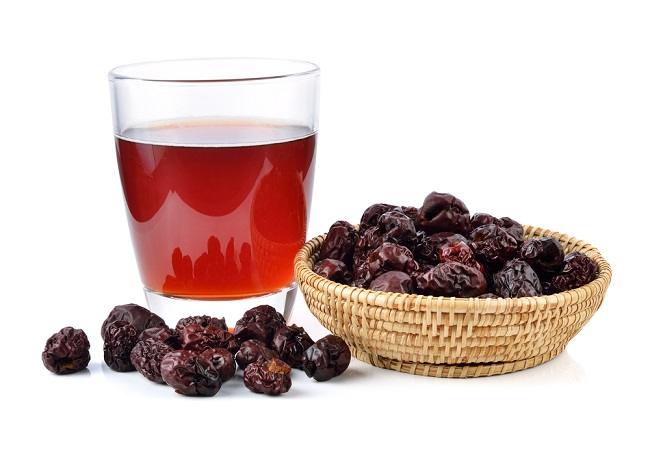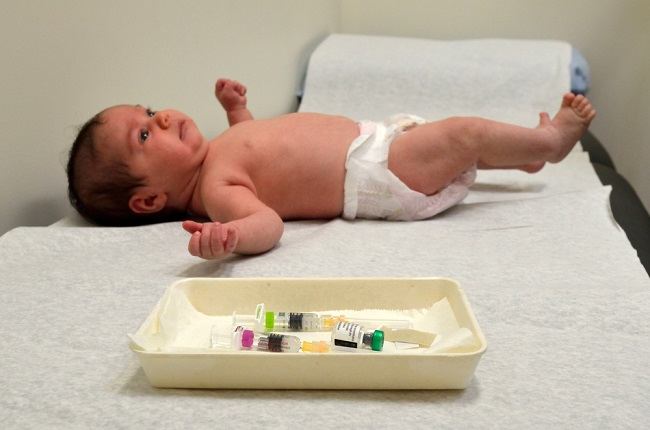Many people often refill bottled drinking water in order to save money. In fact, bottled beverage bottles are generally designed for single use only. If used repeatedly, these packaged bottles can actually cause health problems.
Usually, single-use plastic beverage bottles are made of PET or PETE plastic.polyethylene terephthalate). Even though it is clearly labeled as disposable, not a few people use this PET bottle repeatedly for reasons of wanting to save money or it is more practical to refill it.

Getting to Know More about Disposable Plastic Drinking Bottle Materials
Each plastic bottle is made of different materials, with different intended uses. You can tell the difference by paying attention to the number code on the triangular logo at the bottom of the package.
PET plastic bottles are generally denoted by the code number 1. These bottles are classified as safe and are commonly used as disposable drinking bottles, bottles of cooking oil, soda, or jam. These bottles are clear, thin, non-refillable, and will break if exposed to heat or high temperatures.
After single use, these bottles can be recycled into ready-to-use plastics and textiles. This type of PET bottle can even change shape if it is used to store hot water.
Health Risks of Refilling Disposable Bottles
If you have been refilling disposable water bottles often, you should stop this habit from now on. The following are some of the risks that can endanger your health due to frequent refilling of single-use drinking bottles:
Contaminated by bacteria
Refilling bottled water bottles can cause water and bottle contamination. Once the bottle is opened, germs from outside can enter the bottle and make refilled drinking water contaminated. This can cause you to experience poisoning and diarrhea due to the bacterial infection.
Contaminated by chemicals
Chemicals used in the manufacture of single-use bottled water, such as monomers, can mix with drinking water if used for too long or if the bottle is exposed to heat.
In addition, the heavy metals used in the manufacture of PET bottles, namely antimony, can also be mixed with drinking water. Contamination of these substances will be easier if disposable drinking bottles are used to store other liquids, such as cooking oil.
Several studies have shown that exposure to antimony From the repeated use of plastic bottles of drinking water, it can cause lung and heart problems, and increase the risk of lung cancer.
Changes in taste, smell and color of water
Exposure to hot temperatures directly on bottled drinking water can cause transfer of chemicals characterized by changes in the taste, smell, and color of the water. Not only that, these chemicals also have a bad impact on health.
Tips for Choosing a Drinking Bottle that is Safe to Use
In addition to plastic bottles made of PET plastic, several other types of plastic materials are also used to make packaging plastic bottles which are generally marked with a code number 1, 2, or 7.
If you want to use a drinking bottle that is safe enough for repeated use, look for a bottle with code number 2. This plastic bottle is made of HDPE (high-density polyethylene) with the characteristics of a thicker material and whitish like milk. Apart from being a drinking bottle, this plastic material is commonly used as a bottle for shampoo, detergent, juice, and toys.
Although it is quite safe to use, you should not use plastic containers with HDPE material continuously in the long term. In addition, plastic bottles with the code number 7 should also not be used repeatedly.
Basically, manufacturers design plastic bottles for single use only. So, for the best solution for health and the environment, it is better to replace plastic bottles with drinking bottles made of stainless steel.
Considering the many risks that can endanger health from refilling single-use drinking bottles, you should avoid this habit from now on and don't forget to check the plastic information listed on the packaging, OK!









